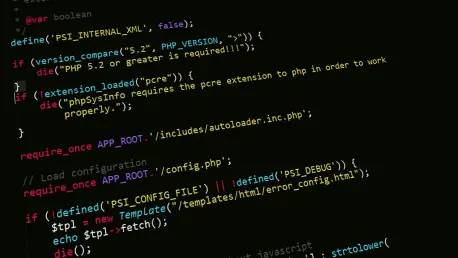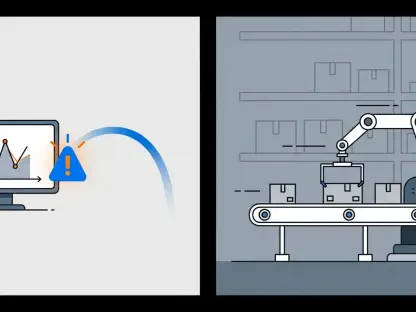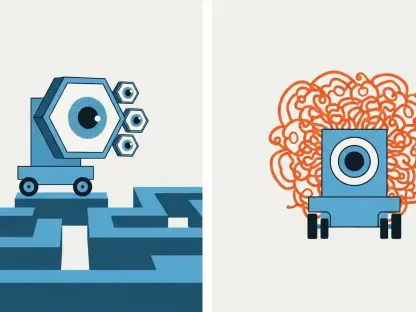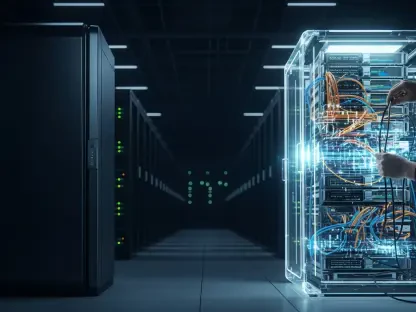I’m thrilled to sit down with Laurent Giraid, a renowned technologist whose deep expertise in Artificial Intelligence has shaped innovative solutions in machine learning, natural language processing, and AI ethics. Today, we’re diving into the exciting world of Claude Code, Anthropic’s cutting-edge AI-powered coding tool. Our conversation explores how this platform stands out in a crowded field, its expansion to web and mobile, and the unique features that make it a game-changer for developers. From security measures to enterprise customization, Laurent offers a behind-the-scenes look at how Claude Code is evolving to meet the needs of modern coders.
How would you describe Claude Code and what sets it apart from other AI coding tools on the market?
Claude Code is an AI-driven coding assistant designed to streamline the development process by helping coders write, debug, and manage projects with ease. What makes it unique is its focus on seamless integration into a developer’s workflow while prioritizing user control and safety. Unlike some other tools, Claude Code emphasizes real-time interaction and adaptability, allowing developers to guide the AI mid-task. It’s not just about generating code; it’s about creating a collaborative experience where the AI acts as a reliable partner.
What prompted the recent expansion of Claude Code to web and mobile platforms like the iOS app preview?
We saw a growing demand from developers for flexibility in how and where they access coding tools. Many users wanted to work outside the traditional terminal or desktop setup, whether for quick fixes on the go or to brainstorm ideas away from their main workstation. Feedback from our community highlighted the need for a more accessible, platform-agnostic experience, so expanding to web and mobile was a natural step to meet those evolving expectations.
Can you elaborate on the asynchronous capabilities of Claude Code on web and mobile, and how they benefit developers?
Absolutely. Asynchronous capabilities mean developers can initiate tasks and let Claude Code work in the background without needing to stay actively engaged the entire time. This is a huge time-saver for repetitive or well-defined tasks like bug fixes or repository mapping. It frees up developers to focus on higher-level problem-solving while Claude handles the grunt work, ultimately boosting productivity across the board.
One exciting feature is the ability to connect GitHub repositories and run tasks in isolated environments on the web. Can you walk us through how this process works?
Sure. Connecting a GitHub repository is straightforward—users authenticate through our secure interface, grant access to specific repos, and Claude Code sets up a dedicated, isolated environment for each session. This setup ensures that tasks run independently without risking interference with other projects. Developers can describe what they need, and Claude takes over, with real-time progress tracking so they can monitor and adjust as needed. It’s all about maintaining control while offloading the heavy lifting.
Security is clearly a priority with Claude Code’s cloud-based tasks. Can you tell us more about the isolated sandbox environment and how it protects users?
Security is at the core of everything we do. The isolated sandbox environment means each task runs in a completely separate space with strict network and filesystem restrictions. This prevents any unintended access to a user’s broader system or data. Additionally, we use a secure proxy service to ensure that Claude only interacts with authorized repositories, so there’s no risk of unauthorized access. It’s about giving developers peace of mind while they work in the cloud.
For enterprise users, the option to customize which domains Claude Code can connect to seems like a powerful feature. How does this help businesses specifically?
This customization is crucial for businesses with strict security policies or proprietary systems. It allows IT teams to define exactly which domains or internal resources Claude Code can access, ensuring compliance with their security protocols. For example, a company might restrict access to only their private repositories or internal APIs, preventing any external interaction. This level of control helps enterprises adopt AI tools without compromising on governance or data protection.
Another standout feature is the ability to run parallel tasks in the cloud. How does this capability enhance a developer’s workflow?
Running parallel tasks means developers can tackle multiple coding projects simultaneously from a single interface. Imagine working on a bug fix in one repository while implementing a feature in another—Claude Code manages both in the background, creating automatic pull requests and summarizing changes for clarity. This drastically cuts down on wait times and helps teams ship code faster, especially for routine tasks or backend adjustments where multitasking is a huge advantage.
Looking ahead, what’s your forecast for the future of AI-powered coding tools like Claude Code in the development landscape?
I believe AI-powered coding tools will become even more integral to development, evolving into true collaborative partners rather than just assistants. We’ll likely see deeper integration with diverse platforms, more personalized workflows based on individual coding styles, and stronger emphasis on ethical AI use to ensure trust and transparency. The goal is to empower developers to focus on creativity and innovation, while tools like Claude Code handle the repetitive or complex technical details. The future is bright, and I’m excited to see how this space continues to grow.









